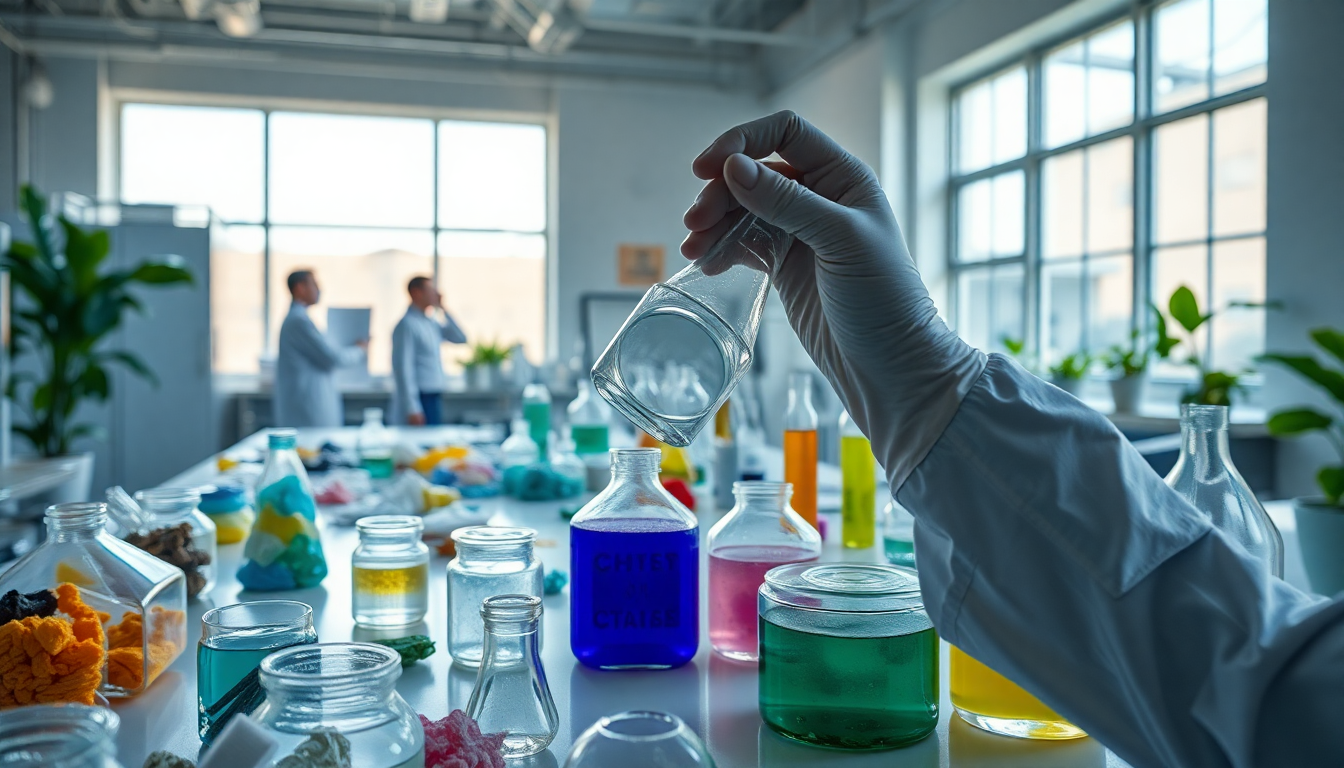Table of Contents
As we continue to seek sustainable solutions for tackling plastic waste, a groundbreaking new method has surfaced that turns mixed plastic into valuable chemical products. This innovative approach not only addresses the urgent challenge of plastic pollution but also promotes a circular economy by transforming waste into usable materials. Recent research published in a peer-reviewed journal reveals that this technique could have significant implications for industries such as water treatment, pharmaceuticals, and energy production. Isn’t it exciting to think that waste could actually become a resource?
How Does This Conversion Process Work?
So, how does this innovative process actually work? Developed by a team of researchers from prestigious institutions like the US Department of Energy-funded Pacific Northwest National Laboratory and Columbia University, this method converts hard-to-degrade mixed plastic waste into high-quality gasoline components, chemical raw materials, and even hydrochloric acid. What’s particularly impressive is that the process operates at ambient temperature and pressure, yielding premium products in just one step. Compare this to traditional methods that often demand high energy inputs and multiple stages—this is a game changer!
By streamlining the conversion process, the researchers are not only cutting down on the carbon footprint associated with plastic waste processing but also paving the way for immediate applications across various sectors. The end products can be utilized in water treatment facilities, pharmaceutical manufacturing, food production, and even in the petroleum industry. Talk about versatility!
How This Method Supports Circular Economy Initiatives
The implications of this method go beyond just managing waste. The research team emphasizes that converting mixed plastic waste into valuable products in a single step is a crucial advancement in supporting a circular economy. In this model, waste is not simply thrown away; it’s viewed as a resource ready to be repurposed and reintegrated into the production cycle. How cool is that?
Implementing such technologies could dramatically lessen the environmental impact of plastic waste. By redirecting plastic from landfills and oceans, this method contributes to a more sustainable future where resources are continually reused instead of being consumed and discarded. As industries increasingly strive for greener practices, this innovative approach marks a significant leap towards achieving sustainability goals.
Looking Ahead: Future Implications and Research Directions
The cutting-edge nature of this research raises crucial questions about scalability and commercial viability. As the team hones the process, it will be essential to explore how this method can be scaled up. Factors like cost-effectiveness, regulatory compliance, and market demand for the resulting products will heavily influence the success of this initiative. Will we see this technology making waves in the market soon?
Additionally, diving deeper into the types of plastics that can be effectively processed using this method will broaden its range of applications. While this initial study focuses on mixed plastic waste, future research could look into other forms of plastic and waste materials, potentially revolutionizing our approach to waste management and resource recovery. The possibilities are endless!


